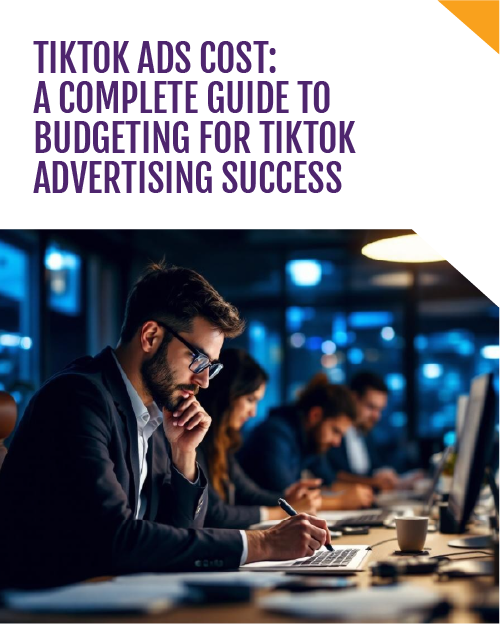Pre-Production to Post-Production
The video production process involves several key stages, each contributing to the creation of a professional and impactful video.
Pre-production:
The pre-production phase lays the foundation for a successful video, involving creative brainstorming and video content planning.
This stage includes tasks such as defining the video’s goals, identifying the target audience, crafting the script, storyboarding, and planning the logistics of the shoot.
Production:
The video production phase focuses on capturing the audio and visual elements of the video.
This includes tasks such as setting up the equipment, conducting the shoot, capturing high-quality footage, and recording clear audio.
Post-production:
The post-production process transforms raw footage into a polished and cohesive video.
This stage involves tasks such as video editing, adding graphics or animations, incorporating music or sound effects, colour grading, and finalising the video’s overall look and feel.
Tools and Techniques for Professional Quality
Using the right tools and techniques is a must to achieve professional-quality videos.
Here are some key considerations:
- Shooting high-quality video: Capture high-quality video by utilising proper camera techniques and settings. Consider factors such as framing, composition, exposure, and white balance to ensure optimal visual appeal.
- Lighting and sound quality: Pay attention to lighting conditions during filming to ensure well-lit scenes. Additionally, sound quality can be prioritised by using external microphones or recording in controlled environments to minimise background noise.
Video Hosting and Distribution
Once your video is complete, consider how to effectively host and distribute it to reach your target audience.
Choose the appropriate platforms for hosting your video, such as YouTube, Vimeo, or social media platforms like Facebook or Instagram.
Consider your target audience and the platform’s features, reach, and engagement potential.
Whenever possible, use native video uploads by uploading a video file directly to platforms to increase engagement and reach.
Native videos are more likely to be prioritised by algorithms, resulting in better visibility and interaction.
A well-defined production process utilises professional-grade tools and techniques and strategically distributes your videos.





















